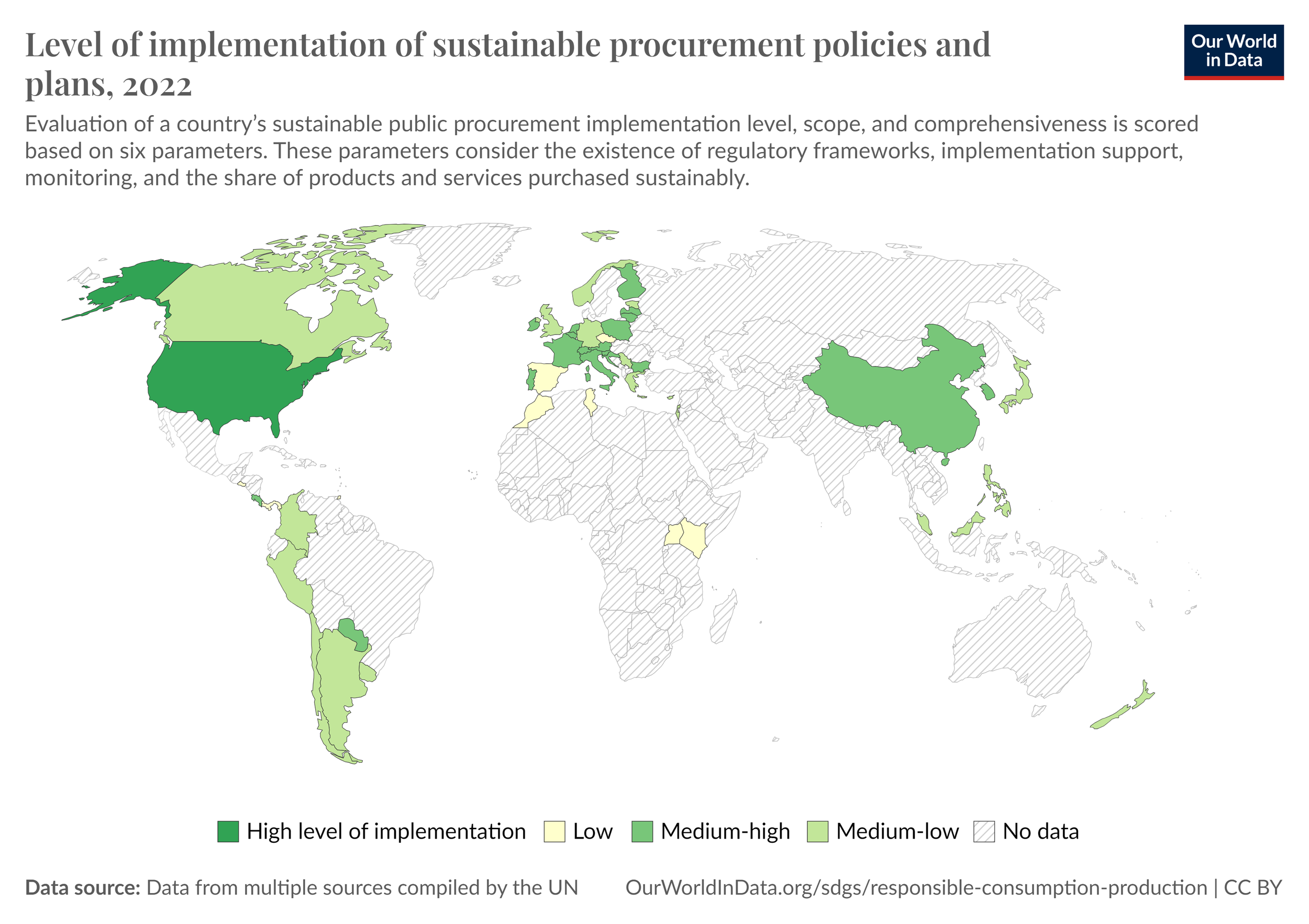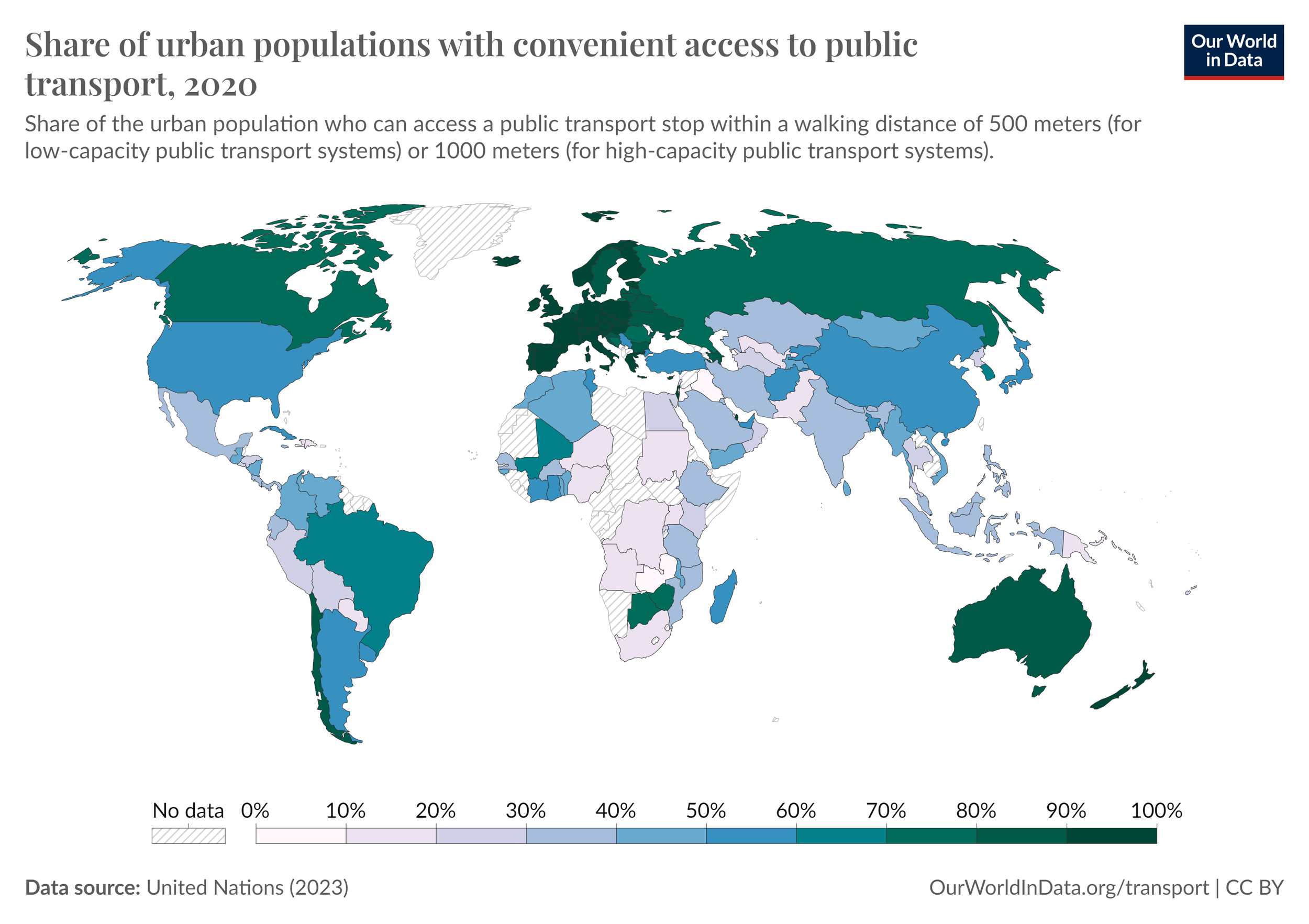SDG #11 is to “Make cities and human settlements inclusive, safe, resilient and sustainable”
Within SDG #11 are 10 targets, of which we here focus on Target 11.5:
By 2030, significantly reduce the number of deaths and the number of people affected and substantially decrease the direct economic losses relative to global gross domestic product caused by disasters, including water-related disasters, with a focus on protecting the poor and people in vulnerable situations
Target 11.5 has three indicators:
Indicator 11.5.1: Number of deaths, missing persons and directly affected persons attributed to disasters per 100,000 population
Indicator 11.5.2: Direct economic loss attributed to disasters in relation to global gross domestic product (GDP)
Indicator 11.5.3: (a) Damage to critical infrastructure and (b) number of disruptions to basic services, attributed to disasters
Georgia had the highest rate of deaths and missing people per capita from natural disasters, with 303 per 100,000 in 2021.
The total global number of people affected by natural disaster has varied each year since the Goals’ adoption. The most people affected by disasters in this span was in 2016, with 395 million. The lowest year in this time was 2018, with 74 million. 2016 was also the year causing the most amount of people worldwide to become homeless due to disasters, totalling 2.4 million.
The highest death rates from disasters in the SDG period was 2023 with 1.08 per 100,000. 2016 was the least with 0.1 per 100,000. 2023 was also the highest year for injuries from disasters in the SDG period, totalling 151,420.
The highest death rate from disasters in 2023 was in Libya with 179 per 100,000 because of Storm Daniel and the collapse of the dams in Derna. This was equal to 12,352 deaths, exceeded for the year in total number by the earthquakes in Turkey and Syria, killing 50,840 in Turkey and 5,900 in Syria.
The country with the largest number of people displaced within its own borders in 2022 was Pakistan. 8.1 million Pakistanis lost their homes due to floods, followed by 5.5 million in the Philippines from tropical cyclones, and 3.6 million in China.
The biggest economic loss from natural disasters as a percentage of GDP was in Somalia, losing 5% of its economy’s 2022 output.
In the SDG period, 2017 was the year of biggest global economic losses as a part of the global economy, losing 0.4% gross world product to natural disasters.





































